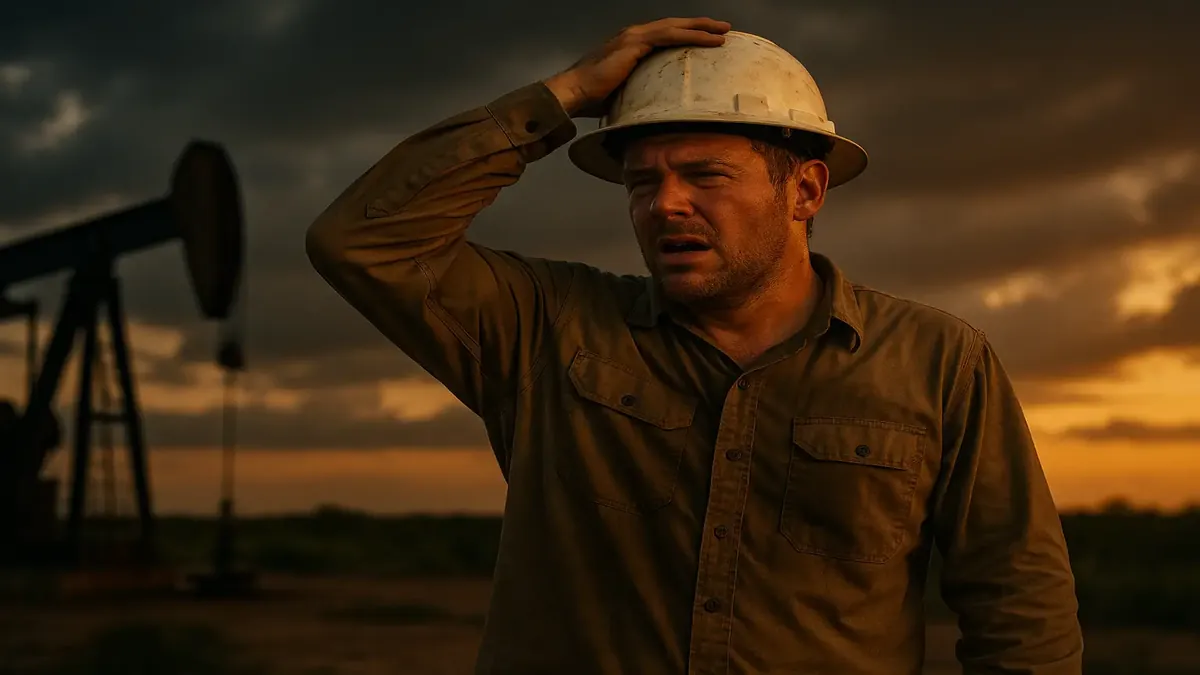When Safety Rules Go Too Far: How One Oilfield Crew Beat the Heat… and the System

If you’ve ever worked a job where the “safety guy” seemed a little too enthusiastic about the rulebook, you know how quickly good intentions can spiral into pure absurdity. A recent gem from r/MaliciousCompliance tells the tale of an oilfield crew in sweltering South Texas, where a quest for safety compliance ended with a lesson in using brains over blind rules—and a bill that left management reeling.
Because sometimes, the safest thing you can do is to not follow the rules… to the letter.
When Safety Gets Sweaty
Let’s set the scene: South Texas, summer, heat index pushing 110°F, and humidity so thick you could swim through it. Our narrator, u/MountainTwo3845, was part of a crew preparing a site for oil drilling—before the rig, before the well, before anything that could remotely catch fire. That meant they could (and should) dress for the heat, not for a fireball.
Enter the zealous safety manager, arriving like the sheriff in a spaghetti western, badge blazing and ready to enforce the letter—if not the spirit—of workplace safety. He demanded flame-resistant (FR) gear: thick pants and long-sleeve shirts, the kind of outfit that’s great if you’re running into a burning building, less so if you’re just standing around in the sun, miles from anything flammable.
Malicious Compliance: Turning Up the Heat
Our hero, ever the professional, pointed out the obvious: there’s nothing to ignite out here, boss. But the safety manager wouldn’t budge. So the crew did what any good team does when confronted with bureaucracy gone wild—they complied. Maliciously.
Decked out in their FR gear, they instituted mandatory “safety” breaks: 15 minutes cooling off for every 5 minutes of work. The two-hour job ballooned into a two-day slog. The safety guy even signed off on every break, ensuring a perfect paper trail.
When the bill came for the extended labor, the company manager flipped. Suddenly, the safety manager found himself on the receiving end of a very different kind of heat. The rules got rewritten: FR gear only near actual well sites. Score one for common sense!
The Tyvek Suit Escapade
But wait, there’s more. The same safety manager struck again, demanding that a worker wear a Tyvek suit—basically a non-breathable painter’s jumpsuit—while refueling equipment with diesel. For those not versed in fuels, diesel is about as flammable as a wet sponge; you practically need a bonfire to get it going.
Once again, the crew complied, charging $500 an hour (with the worker pocketing a sweet $85 an hour hazard pay). After sweating through 45 minutes, the “rule” was quickly “revisited.” The only one upset? The worker, who’d been hoping for a few more hours of easy, sweaty money.
The Wisdom of Well-Used Rules
What’s the moral of the story? Safety is crucial—especially in high-risk jobs like oilfield work. But safety without sense is just another way to waste time and money (and sweat). Our Reddit hero’s story is a masterclass in pointing out the difference between protecting lives and protecting egos.
Blindly following rules can backfire, especially when those rules are applied without logic or flexibility. Sometimes, the best way to get management’s attention is to show them exactly what happens when you follow the rules too closely.
Let’s Hear Your “Safety Gone Wild” Stories
Have you ever been trapped by over-the-top safety rules? Or maybe you’ve found a clever way to highlight just how silly some procedures can be? Share your stories in the comments—we could all use a laugh (and maybe a lesson) in how to balance safety and sanity.
And remember, next time someone tells you to suit up in a Tyvek suit to pump diesel, ask if they’d like to monitor your hydration, too. Just to be safe.
What do you think? Have you seen safety rules taken to ridiculous extremes? Drop your tales of malicious compliance below!
Original Reddit Post: Sometimes it's not really smarr to be safe